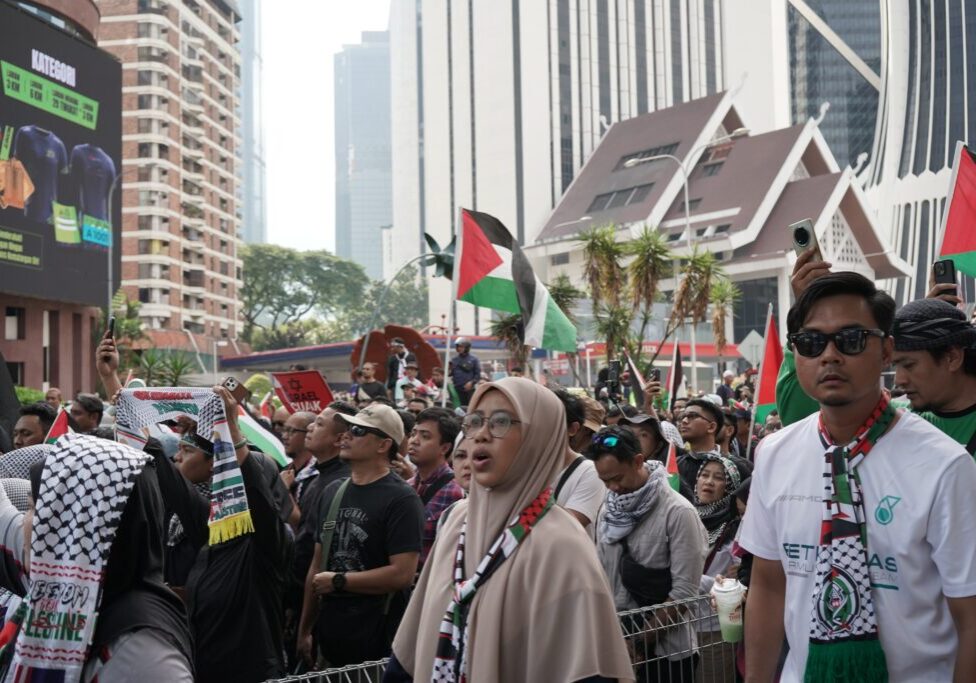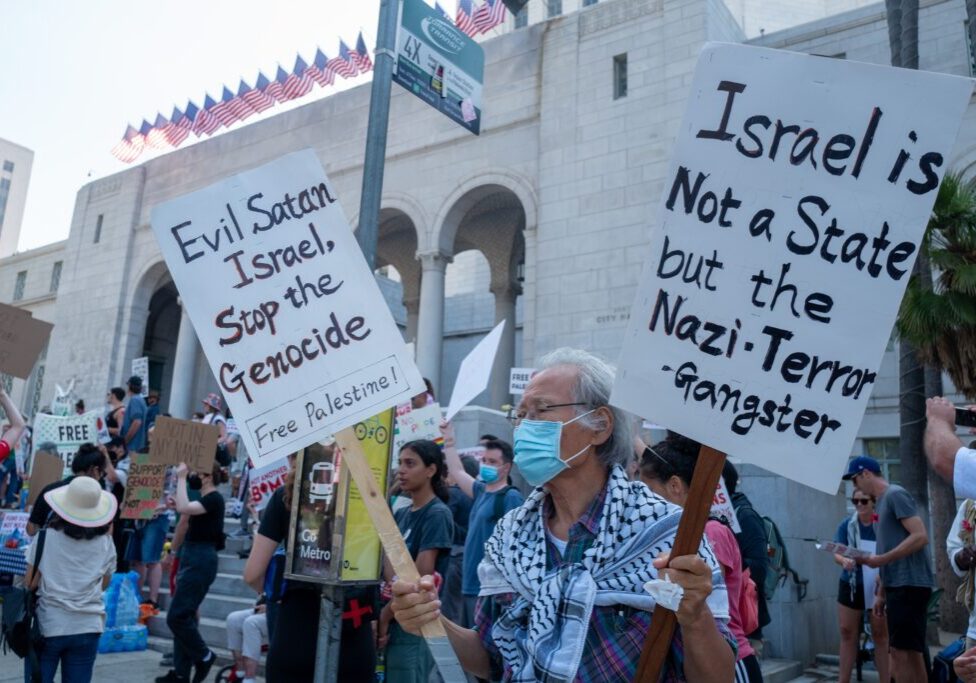Australia/Israel Review
Battleground Yemen
Jan 25, 2010 | Jonathan Spyer
By Jonathan Spyer
US Secretary of State Hillary Clinton recently described the current situation in Yemen as “a threat to regional stability and even to global stability.” She was referring to the fact that Yemen is the latest failed state to become a haven for elements of the Sunni global jihad. Like Afghanistan and Sudan before it, Yemen is becoming a key regional base for al-Qaeda.
Unlike the other two countries, in Yemen this has come about not because of an agreement reached between the jihadis and the authorities; rather, the inability of the Yemeni authorities to impose their rule throughout their country, coupled with the close proximity of Yemen to Saudi Arabia – a key target for al-Qaeda – has made the country a tempting prospect for the terrorists.
Al-Qaeda is not the only major problem facing Yemen. In fact, it could be argued that the country manages to encapsulate in acute form the three main causes of political turmoil in the Middle East: a dictatorial government, vulnerability to Iranian subversion through local jihadis and the presence and activity of the Sunni global jihad.
Last January, the hitherto little-heard-of Yemeni franchise of al-Qaeda merged with the Saudi franchise to form the so-called “al-Qaeda in the Arabian Peninsula” (AQAP).
The Saudi jihadis were facing an increasingly effective counter-terror campaign by the Saudi authorities, and therefore decided to shift focus to lightly-governed Yemen, where proper security fails to extend much beyond the capital city of San’a.
Through its organising of the failed attack on Northwest Airlines Flight 253 on December 24, AQAP has now entered the major leagues of the global jihad. Fears of an imminent second strike led to temporary closure of the US, British and French embassies in San’a over the last week.
Yemen is currently host to no less than three separate insurgencies. Each resembles one another in that they are being conducted by forces committed to some form of political Islam. There, however, the similarities end.
Probably the most politically and militarily significant of the three Islamist insurgencies is that of the Houthi rebels in the Saada district in the north. The Zaidi Shi’ite rebels of the al-Houthi clan have been engaged in an insurgency against the Yemeni authorities since 2004.
Quelling the uprising has proved quite beyond the capabilities of the government of Ali Abdalla Saleh.
In the past few months, the Shi’ite Houthis have extended their activities across the border to Saudi Arabia.
Their close proximity to the Saudi border makes them a useful tool for Iran to pressure Riyadh. Responding to rebel attacks in November, the Saudis struck back with aircraft and helicopter gunships, killing around 40 Houthis. Regardless, Iran is sending regular arms shipments to the Houthis, continuing to stoke the flames of the rebellion. The real possibility of further deterioration remains.
The second insurgency faced by the hapless Yemeni regime is a separatist campaign in the south. Yemen was only reunified in 1990, and has since suffered a brief civil war in 1994. The separatist insurgency, led by Islamist tribal leader Tareq al-Fadhli, again grew in intensity during 2009, with a number of stormy demonstrations and armed confrontations leading to deaths on both sides.
As if fighting insurgencies on two separate fronts was not enough, Yemen is also being hit hard by economic woes. The country’s steadily depleting oil reserves are unable to generate sufficient income for the government to maintain the tribal patronage system on which it depends. Gas exports are failing to make up the shortfall. And Yemen’s water supplies are also dwindling.
Like a parasite that spots, enters and exploits a weakening body, AQAP has now added its own particular brand of Islamist insurgency to this volatile situation.
The close proximity of Yemen to Saudi Arabia and to international shipping lanes makes the country’s instability a factor which the US and the West cannot afford to ignore.
This, however, raises a dilemma. The regime of President Ali Saleh is autocratic, inefficient and largely ineffectual. Its economic policies have failed to develop the country, leaving the regime sitting precariously on top of a boiling cauldron of poverty, illiteracy, extremism and discontent. To remain on its perch, the regime is now asking for ever larger contributions of US funding and assistance to counter the terror.
Since Yemen’s Government rules in name only in large parts of the country, increasing the US commitment to combating al-Qaeda in the country raises the possibility of US ground forces in Yemen. US President Barack Obama can ill afford yet another Middle East war, with its inevitable cost in American lives. Yet he also cannot afford to stand back and allow Yemen to play the role for al-Qaeda that Afghanistan played in the late 1990s.
There are no simple answers. Washington may prefer to adopt the counter-terror tactic of helping the Yemenis strike al-Qaeda sites from the air, to avoid the sight of US soldiers deployed in a country so close to the Muslim holy city of Mecca.
But whichever option the US chooses, the real “root cause” of the proliferating insurgencies in Yemen, and the inability of the regime to adequately deal with them, is the ongoing dysfunctionality of the region’s political culture. All across the Middle East, failing, autocratic regimes face off against popular Islamist movements committed to a murderous and ultimately sterile political program. Yemen offers an example of this situation in a particularly virulent form.
Dr. Jonathan Spyer is a senior research fellow at the Global Research in International Affairs (GLORIA) Center, Herzliya, Israel. © GLORIA, reprinted by permission, all rights reserved. To read and subscribe to GLORIA articles, or GLORIA’s quarterly, the Middle East Review of International Affairs, or to order books, go to www.gloria-center.org.
Tags: Islamic Extremism






